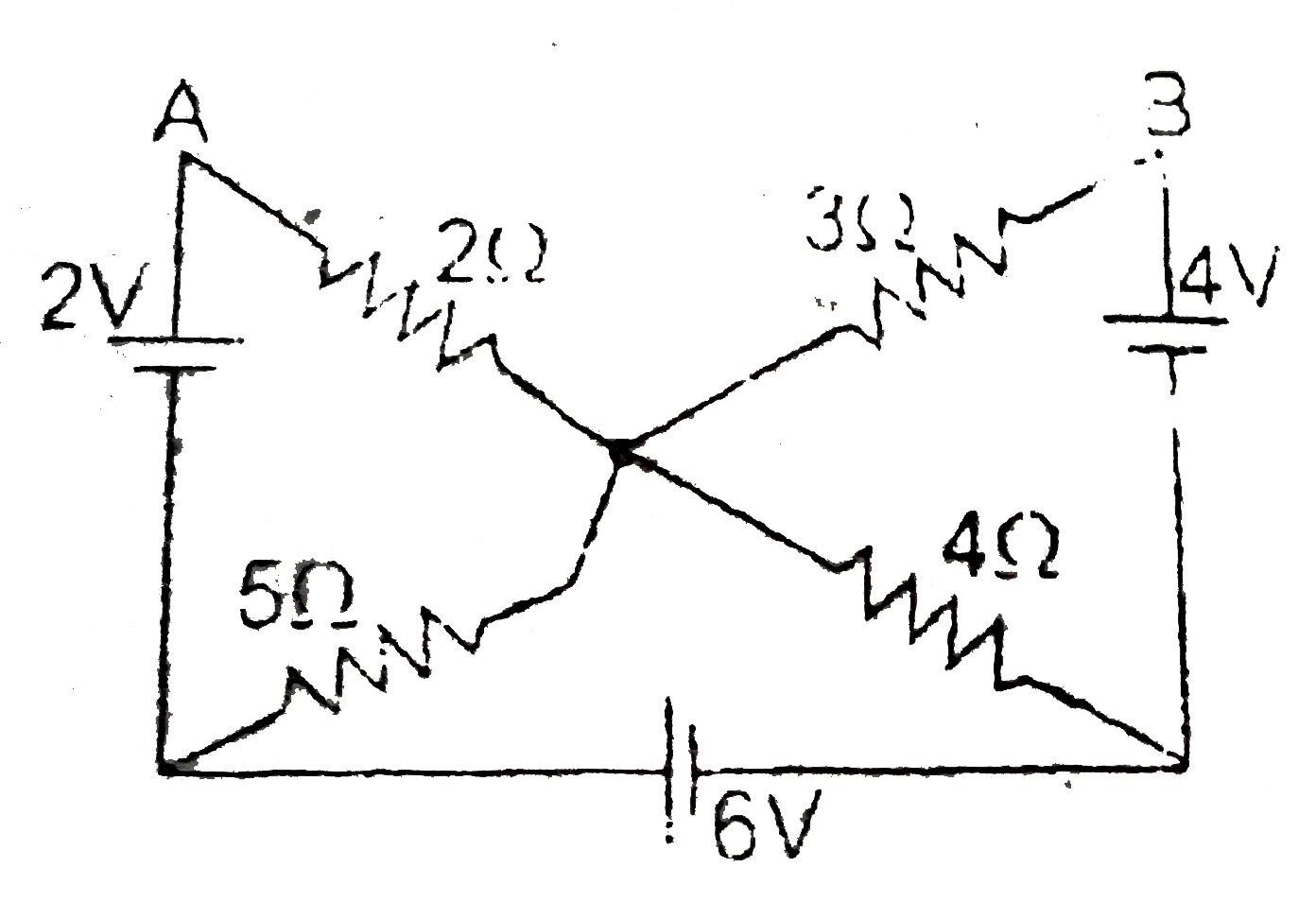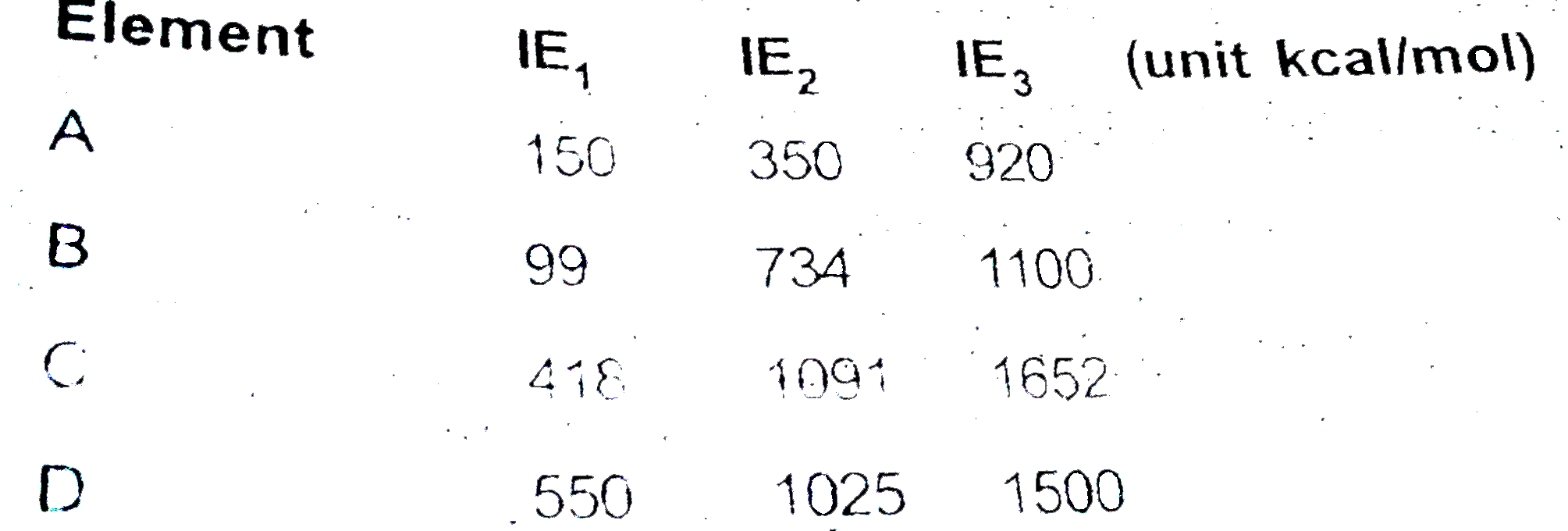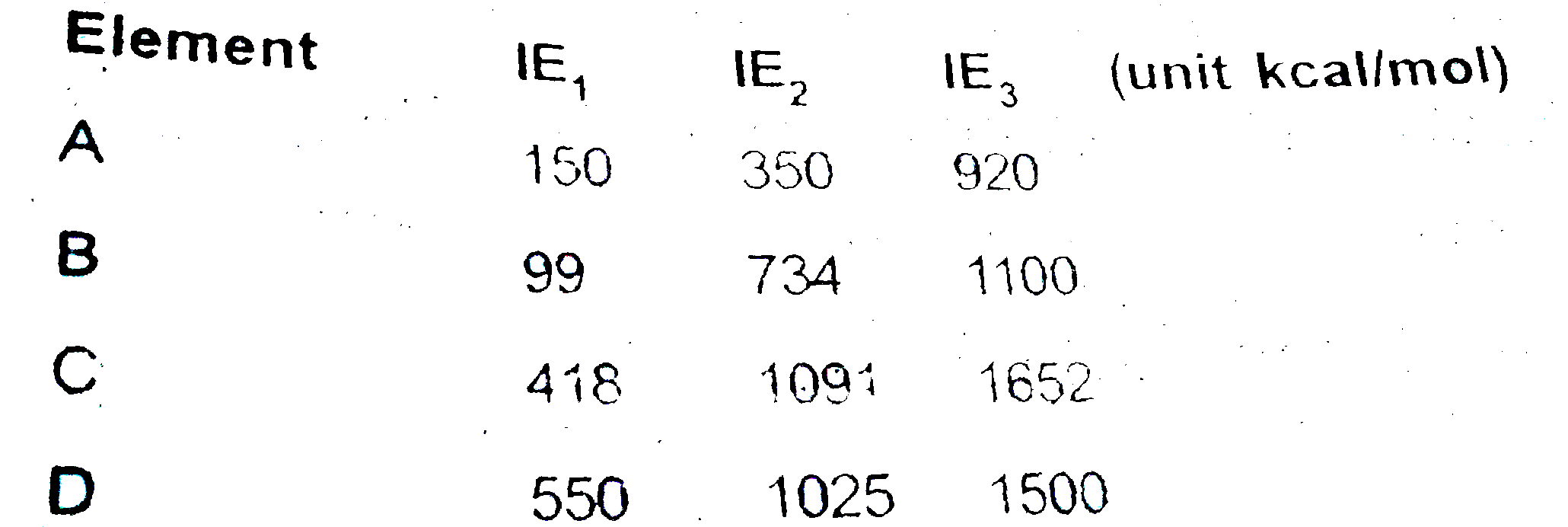Least difference between IE2 and IE1 will be found in:
Li
B
Be
C
The correct Answer is:B
To determine which element has the least difference between its first ionization energy (IE1) and second ionization energy (IE2), we need to analyze the elements given in the options: lithium (Li), beryllium (Be), boron (B), and carbon (C).
1. Understand Ionization Energies:
- First Ionization Energy (IE1): The energy required to remove the outermost electron from a neutral atom in the gaseous state.
- Second Ionization Energy (IE2): The energy required to remove an electron from a positively charged ion (after the first electron has been removed).
2. Consider the Electron Configuration:
- Lithium (Li): 1s² 2s¹
- Beryllium (Be): 1s² 2s²
- Boron (B): 1s² 2s² 2p¹
- Carbon (C): 1s² 2s² 2p²
3. Analyze the Removal of Electrons:
- For Li, after removing one electron (IE1), it becomes Li⁺ (1s²). Removing another electron (IE2) from a stable noble gas configuration (1s²) requires significantly more energy.
- For Be, after removing one electron (IE1), it becomes Be⁺ (1s² 2s¹). Removing another electron (IE2) from a filled subshell (1s²) is also quite high.
- For B, after removing one electron (IE1), it becomes B⁺ (1s² 2s²). The second electron (IE2) is removed from the 2p subshell, which is less stable than a filled subshell.
- For C, after removing one electron (IE1), it becomes C⁺ (1s² 2s² 2p¹). The second electron (IE2) is removed from the 2p subshell, similar to boron.
4. Comparing the Differences:
- The difference between IE1 and IE2 is generally smaller when the second electron is removed from a less stable configuration (like p-orbitals) compared to a stable filled subshell (like s-orbitals).
- Li has a large difference because it goes from a filled shell to a stable noble gas configuration.
- Be also has a large difference due to the stability of the filled 1s subshell.
- B and C have smaller differences since they are removing electrons from p-orbitals.
5. Conclusion:
- The least difference between IE2 and IE1 will be found in Boron (B) because it has a more stable configuration after the removal of the first electron compared to lithium and beryllium, and the second electron is removed from a less stable p-orbital.
Final Answer:
The least difference between IE2 and IE1 will be found in Boron (B).
- First Ionization Energy (IE1): The energy required to remove the outermost electron from a neutral atom in the gaseous state.
- Second Ionization Energy (IE2): The energy required to remove an electron from a positively charged ion (after the first electron has been removed).
- Lithium (Li): 1s² 2s¹
- Beryllium (Be): 1s² 2s²
- Boron (B): 1s² 2s² 2p¹
- Carbon (C): 1s² 2s² 2p²
- For Li, after removing one electron (IE1), it becomes Li⁺ (1s²). Removing another electron (IE2) from a stable noble gas configuration (1s²) requires significantly more energy.
- For Be, after removing one electron (IE1), it becomes Be⁺ (1s² 2s¹). Removing another electron (IE2) from a filled subshell (1s²) is also quite high.
- For B, after removing one electron (IE1), it becomes B⁺ (1s² 2s²). The second electron (IE2) is removed from the 2p subshell, which is less stable than a filled subshell.
- For C, after removing one electron (IE1), it becomes C⁺ (1s² 2s² 2p¹). The second electron (IE2) is removed from the 2p subshell, similar to boron.
- The difference between IE1 and IE2 is generally smaller when the second electron is removed from a less stable configuration (like p-orbitals) compared to a stable filled subshell (like s-orbitals).
- Li has a large difference because it goes from a filled shell to a stable noble gas configuration.
- Be also has a large difference due to the stability of the filled 1s subshell.
- B and C have smaller differences since they are removing electrons from p-orbitals.
- The least difference between IE2 and IE1 will be found in Boron (B) because it has a more stable configuration after the removal of the first electron compared to lithium and beryllium, and the second electron is removed from a less stable p-orbital.
The least difference between IE2 and IE1 will be found in Boron (B).
Similar Questions
(a). Why IE1 of Zn, Cd and Hg are very high?
(b). The relative difference in IE of any two consecutive d-bloch elements is smaller than those of s and p-block elements.
(c). IE2 is usually very high for Cr and Cu. Why?View SolutionIonisation energy is the amount of energy required to remove the outermost e− from a gaseous atom. It's unit is kJ/mole or kcal/mole.
Successive ionisation energy - It is the amount of energy required to remove electron successively from a gaseous ion. These are termed as IE2,IE3,IE4 etc. the difference in the values of IE1,IE2 and IE3 helps to determine electronic configuration of the element.

Which element is a noble gas ?View Solution
Knowledge Check
- Question 1 - Select One
Which of the following will have highest difference between IE1 and IE2?
AKBMgCSrDSc - Question 2 - Select One
Potential difference between points A and B (i.e. VA−VB) is -----
 A2VB4VC8VD12 V
A2VB4VC8VD12 V - Question 3 - Select One
Heteronomous segmentation , i.e. the division of labour resulting in dissimilarity of the metameres of the different regions of the body, is found in the phyla
ACnidaria and CtenophoraBCiliophora and SporozoaCProtista and PoriferaDAnnelida and Arthopoda
Ionisation energy is the amount of energy required to remove the outermost e− from a gaseous atom. It's unit is kJ/mole or kcal/mole.
Successive ionisation energy - It is the amount of energy required to remove electron successively from a gaseous ion. These are termed as IE2,IE3,IE4 etc. the difference in the values of IE1,IE2 and IE3 helps to determine electronic configuration of the element.

Which element forms stable unipositive ion ?View SolutionIonisation energy is the amount of energy required to remove the outermost e− from a gaseous atom. It's unit is kJ/mole or kcal/mole.
Successive ionisation energy - It is the amount of energy required to remove electron successively from a gaseous ion. These are termed as IE2,IE3,IE4 etc. the difference in the values of IE1,IE2 and IE3 helps to determine electronic configuration of the element.

Which of the following is a non-metal ?View SolutionThe IE1 and IE2(kJmol−1) of three elements A, B and C are given below :
ABCIE14005501150IE2265010702090
Identify the elements which represent (a) an alkali metal, (b) an alkaline earth metal or (c ) non-metal.View SolutionChoose the pair in which IE1 of first element is greater than IE1 of second element but in case of IE2 order is/are reversed
View SolutionMasses of pollen grains i.e., pollinia is found in
View Solution

